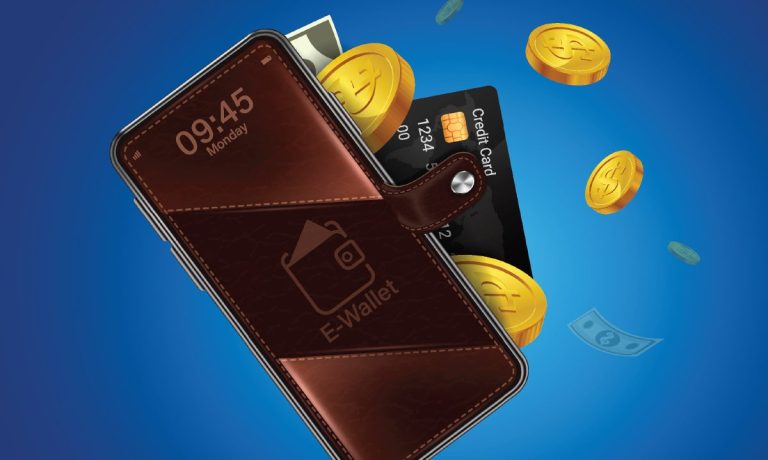
Bad crypto news has brought a big opportunity for traditional banks to advance tokenized deposits.
Add in the unreliable, peg-breaking status of so-called stablecoins, as well as a swirl of scandal surrounding the collapse of FTX, and these banking-system-backed digital alternatives might just be ready for prime time.
Most recently, in news reported this week, investors withdrew $3 billion from Binance, and the exchange paused USDC withdrawals after seeing a high number of customers withdrawing the stablecoin. Separately, CoinDesk reported that Tron’s USDD stablecoin lost its peg, falling to 97 cents.
As more FTX news comes to light, there have also been reports that Tether and Binance executives last month were busy texting FTX founder Sam Bankman-Fried and accusing him of trying to depeg the USDT stablecoin.
The aforementioned events show that stablecoins — ostensibly digital assets that “hold” value by being backed by currencies — can suddenly lose their support. TerraUSD plummeted earlier this year to trade at its low for only a few pennies.
Trusted Issuers and Tokenized Deposits
As noted in this space, the regulatory path stretches ahead for banks to be the trusted issuer of stablecoins in a world where thus far ostensibly anyone can issue a coin. (FTX had been rumored to be developing one as late as October before it went bankrupt.)
The U.S. Office of the Comptroller of the Currency (OCC) has said, as far back as 2020, that the coins should be issued by fully regulated FIs. That sentiment has been echoed by the President’s Working Group on Financial Markets. At the beginning of last month, The Clearing House said in a whitepaper that stablecoin issuance and related activities fall within the purview of the banks.
According to the paper, stablecoins have been “solely in the hands of entities that are not subject to the full range of capital, liquidity, cybersecurity and other safety and soundness and customer protection requirements applicable to federally regulated banks.”
Drill down a bit, and it is the tokenized deposit that will likely see some increased scrutiny, and embrace. Tokenized deposits, as Rob Hunter, deputy general counsel and director of regulatory and legislative affairs at The Clearing House (TCH), told Karen Webster would essentially use technology (such as blockchain) to take deposits and transfer value between accounts.
Making sure that the digital creations would represent a claim on the depositor’s commercial bank, we note, brings regulation into the equation, along with the backing and safeguards of the traditional financial system. And in a world where SBF and FTX and FTT will go down as acronyms tied to schemes and panic in cryptos, in stablecoins and beyond … safeguards will be in high demand.
For all PYMNTS cryptocurrency coverage, subscribe to the daily Crypto Newsletter.